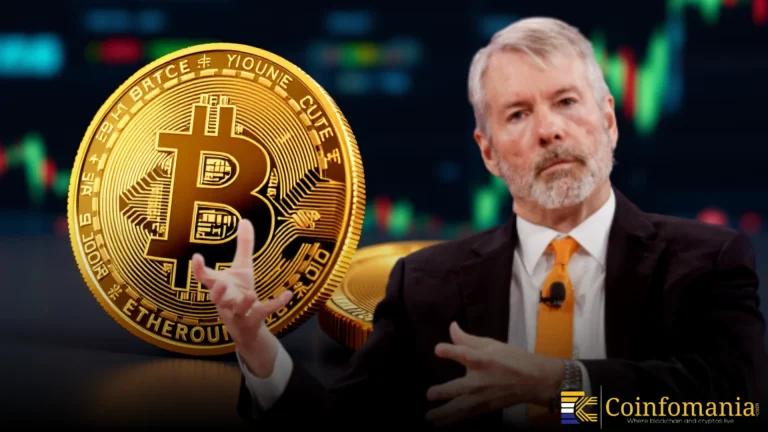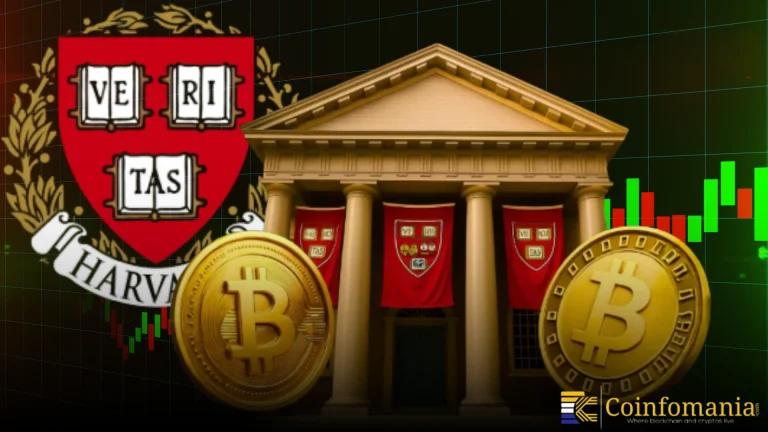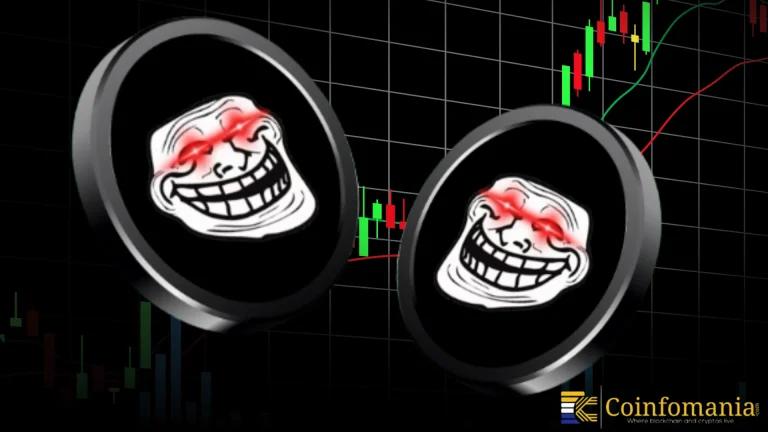US Rolls Out Shadow QE Program: Increased Liquidity Without Official QE Announcement
The US is quietly rolling out a shadow QE program with relaxed capital requirements for banks, driving liquidity through the banking system without formal bond purchases.

Quick Take
Summary is AI generated, newsroom reviewed.
The US is implementing a shadow QE program, increasing liquidity through banks rather than direct bond purchases.
Relaxed capital requirements for banks allow them to purchase treasuries without reserving as much capital.
SLR changes are driving liquidity through the banking system, indirectly injecting money into the market.
This approach increases liquidity without a formal announcement of QE or the end of QT.
Understanding the US Shadow QE Program
The United States is currently implementing a shadow QE program, which increases liquidity in the financial system without the formal announcement of Quantitative Easing (QE) or the end of Quantitative Tightening (QT). Unlike traditional QE, which involves direct bond purchases by the central bank, this program focuses on indirect mechanisms. The key strategy includes more relaxed capital requirements for banks, which allows them to purchase U.S. treasuries without having to reserve as much capital. These adjustments are contributing to the injection of liquidity into the system.
SLR Changes and Their Impact on Liquidity
One of the key elements of this shadow QE program is the changes to the Supplementary Leverage Ratio (SLR), a regulatory requirement that affects how much capital banks must hold relative to their assets. By modifying the SLR, the US is allowing banks to use more of their capital to purchase treasuries, thus increasing liquidity in the banking system. This shift effectively pumps money into the financial system through the banking sector, allowing for increased capital flow without requiring the Federal Reserve to engage in direct bond purchases.
The Indirect Path to Liquidity
While traditional QE directly increases the money supply by having the Federal Reserve purchase bonds, the shadow QE program achieves a similar effect through the banking system. By relaxing capital requirements and adjusting the SLR, the government is encouraging banks to make large purchases of treasuries. This mechanism provides liquidity to the financial markets but without the public acknowledgment of QE, keeping some financial policies under the radar. The result is more capital in the system, potentially driving down interest rates and providing an economic boost.
Follow us on Google News
Get the latest crypto insights and updates.


